User experience (UX) design is an essential aspect of creating digital products that are both functional and enjoyable to use. UX designers create user-centric experiences by understanding the user’s needs, motivations, and behaviors. This involves applying various UX design principles to the design process to ensure the product is easy to use, engaging, and meets the user’s needs.
In this blog post, we will explore the key UX design principles that you should consider when crafting user-centric experiences. These principles are:
- User-Centered Design
- Consistency
- Simplicity
- Feedback
- Accessibility
- Usability
- Desirability
By applying these principles to your design process, you can create products that are intuitive, engaging, and meet the needs of your users.
1. User-Centered Design
User-centered design (UCD) is a design philosophy that puts the needs and desires of the user at the forefront of the design process. This principle involves understanding the user’s context, motivations, and goals and creating a product that meets their needs. User research is a critical component of UCD and involves gathering feedback from users throughout the design process to ensure the product meets their needs and expectations.
2. Consistency
Consistency is a critical UX design principle that ensures the product is predictable and easy to use. Consistency involves using the same design patterns, visual language, and interaction models throughout the product. This principle helps users learn how to use the product quickly and reduces cognitive load, making the experience more enjoyable.
3. Simplicity
Simplicity is a UX design principle that involves creating a product that is easy to understand and use. This principle involves reducing complexity and removing unnecessary elements to create a clean and straightforward design. Simple design makes it easier for users to understand the product and achieve their goals.
4. Feedback
Feedback is a critical UX design principle that helps users understand the impact of their actions and helps them achieve their goals. Feedback can be provided through visual, audio, or haptic cues and should be provided in real time. This principle helps users understand how to use the product and helps to create a more engaging and enjoyable experience.
5. Accessibility
Accessibility is a UX design principle that ensures that the product can be used by people with disabilities. This principle involves designing for a diverse range of users, including those with visual, hearing, and motor impairments. Accessibility can be achieved through various design elements, including color contrast, font size, and assistive technologies.
6. Usability
Usability is a UX design principle that involves creating a product that is easy to use and understand. This principle involves designing the product with the user’s goals in mind and ensuring that the product meets their needs. Usability testing is a critical component of usability and involves gathering feedback from users to identify areas where the product can be improved.
7. Desirability
Desirability is a UX design principle that involves creating a product that users want to use. This principle involves understanding the user’s emotional needs and designing a product that is aesthetically pleasing and enjoyable to use. Desirability can be achieved through various design elements, including typography, color, and imagery.
In conclusion, UX design principles are critical to creating user-centric experiences that meet the needs and desires of your users. By applying these principles to your design process, you can create products that are easy to use, engaging, and enjoyable to use. User-centered design, consistency, simplicity, feedback, accessibility, usability, and desirability are all essential principles that should be considered when crafting user-centric experiences.
Interested in knowing how to Unlock Your Creative Potential with Design Thinking? check out my previous post.
You can follow me on social media via the following links: IG, LinkedIn
View my portfolio on Behance.
